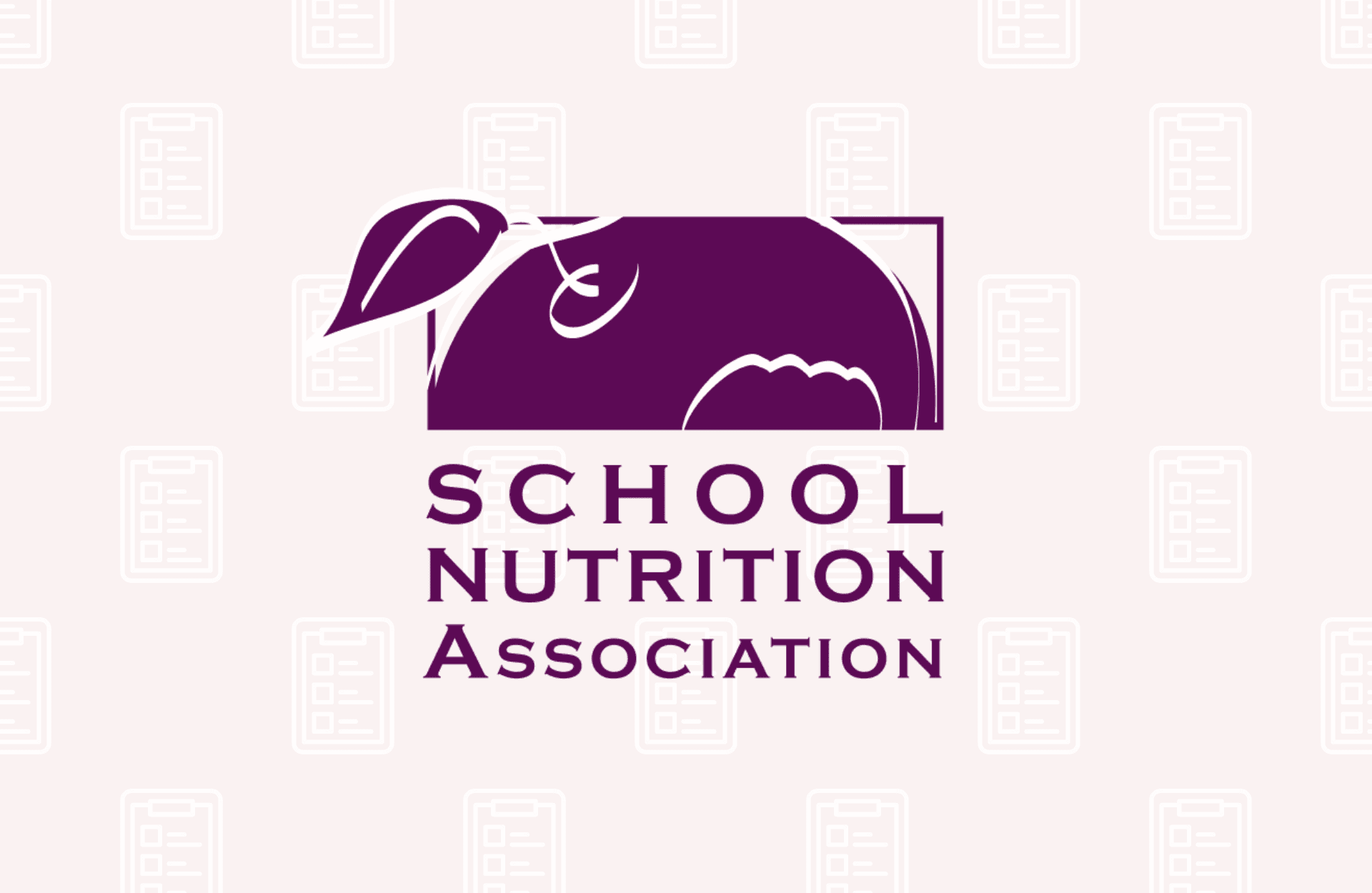FOR IMMEDIATE RELEASE:
Contact: Diane Pratt-Heavner
703-576-7526
media@schoolnutrition.org
School Nutrition Professionals Share Successes and Challenges of Meeting New School Meal and Snack Standards
2014-07-14
Follow us @schoollunch and #ANC14
School Nutrition Association Annual National Conference Hosts Panel Discussion
Boston, MA (July 14, 2014) – In advance of School Nutrition Association’s (SNA) 68th Annual National Conference (ANC) Exhibit Hall grand opening, a panel of school nutrition professionals shared insight on school cafeteria trends, including successes and challenges related to recent and newly implemented national nutrition standards.
Although SNA has requested reasonable flexibility from USDA to support school meal programs, panelists provided a glimpse into how SNA has been supporting members’ efforts to meet the requirements. Panelists shared examples on how ANC education sessions have helped their programs and insight on how they planned to utilize the Exhibit Hall – approximately 180,000 square feet of exhibits from 400 companies, partner organizations, non-profits and USDA divisions.
ANC, held at the Boston Convention & Exhibition Center, kicked off on Sunday, July 13, less than two weeks after new requirements took effect for school meal programs. Under nutrition standards introduced in 2012, cafeterias have been offering more whole grains, fruits and vegetables and limiting the calories and unhealthy fats in school meals.
Effective July 1, 2014, school cafeterias must also meet new limits on sodium, ensure all grains are whole grain rich, double the amount of fruits or vegetables offered at breakfast and ensure students take half a cup of produce with every meal. Schools will also be required to meet newly implemented Smart Snacks in School rules, which limit calories, fat, sodium and portion sizes for foods and beverages sold in school vending machines, snack bars and a la carte lines.
Comments submitted by participants in advance, include:
“ANC is more important today than ever, as school nutrition professionals face historic challenges under new nutrition standards for school meals. SNA has asked USDA and Congress to ease some of the additional requirements, but today, we turn the focus to how SNA is helping our members try to rise above these challenges.” Leah Schmidt, SNS, SNA President, Director of Nutrition Services for Hickman Mills C-1 Schools (MO)
“You’ll find familiar brands here on the Exhibit Hall that you see in grocery stores, but prepared with more whole grains, less fat, lower sodium and fewer calories to meet nutrition standards. Exhibitors are offering recipe ideas and culinary demonstrations to incorporate more produce in school meals. What you’ll see on the Exhibit Floor complements ANC education sessions on reducing sodium in menus, motivating kids to eat healthy and becoming Smart Snacks compliant. We also have sessions to help with managing financial challenges, increasing participation and addressing food safety, among many topics covering the business of running school meal operations.” Renee Hanks, SNS, ANC Co-Chair, Director of Food Services for South Colonie Central Schools, Albany (NY)
“The school foodservice market has been ahead of many retail trends. ANC exhibitors have dedicated extensive research and development resources to make these changes work for the unique needs of schools. Unlike families serving healthy meals at home, schools often face the challenge of serving hundreds of students in a matter of minutes and must appeal to a broad range of tastes and cultural preferences. Schools and food companies must work closely to meet standards and stay on budget. This is a great benefit of ANC – to come together and get the latest information on the regulations from USDA and other experts in the field.” Gary Vonck, SNA Industry Representative, Vice President of the Education Division for Key Impact Sales & Systems
“I’ve been coming to ANC for years to get new ideas from exhibitors. Many offer ingredients with great versatility and provide menu-planning details, which is so important to me as an operator. If I am in the market for a chicken filet, I want to see how we can prepare it in ten different recipes so I can ensure it’s a cost-effective purchase. This year, I’m also searching for a whole grain elbow pasta that’s lighter in color and soft in texture.” Jackie Morgan, Director of Food Services for Milton Public Schools (MA)
“My main concern at ANC this year is finding daily entrée choices that meet new Smart Snacks in School requirements for students who don’t want to purchase a full meal. There are practical challenges, for example, a healthy turkey sub that is popular with my students and meets the Smart Snacks calorie caps and whole grain requirements, but not the sodium limits.” Sara Gasiorowski, SNS, Director of Wayne Township Food Services (IN)
“We have had success with students choosing a variety of fruits and vegetables, but are still struggling with whole grains. I’m looking for whole grains that don’t look or taste whole grain to students, including pastas that can hold up in batch cooking without getting mushy or chewy. Our district business manager is hoping to join us at ANC as well. ANC offers administrators a great opportunity to learn about the regulations first-hand and understand the financial puzzle their school meal programs face.” Kristin Morello, SNS, Director of Reading and Wakefield Public Schools Food Service (MA)
“ANC’s education sessions are a great way to pick up new ideas and approaches for improving programs. A few years back, I was seriously questioning the viability of adding salad bars in my schools. After extensive discussion and participation with my colleagues in ANC sessions, I had a complete turn-around on salad bars. I’ve now hosted education sessions on the subject, and this year I am presenting on how to make practical, cost-effective changes in your program to attract students.” Jessica Shelly, RS, REHS, MBA, SNS, Food Services Director for Cincinnati Public Schools (OH)
“I work with 28 school districts in Michigan, where many programs are really struggling to manage costs. We’ve been focusing on how to write cost-effective menus, which is the topic of the session I hosted here at ANC yesterday. Menus have direct impact on the bottom line, driving labor, food costs and equipment expenses. It’s wonderful to put an edamame or kale salad on the menu, but we have to address the reality of costs. Schools need to find ways to balance some of the innovative and more expensive menu items with more affordable options that meet both the standard and appeal to students.” Lori Adkins MS, SNS, CHE, Child Nutrition Consultant for Oakland Schools (MI)
About the School Nutrition Association:
The School Nutrition Association (SNA) is a national, non-profit professional organization representing 55,000 school nutrition professionals across the country. Founded in 1946, SNA and its members are dedicated to making healthy school meals and nutrition education available to all students. For more information about ANC, visit www.schoolnutrition.org/anc.
Related Articles

SNA Conference Offers School Meal Innovations
Read More

SNA Urges MAHA Commission to Invest in School Meals
Read More




